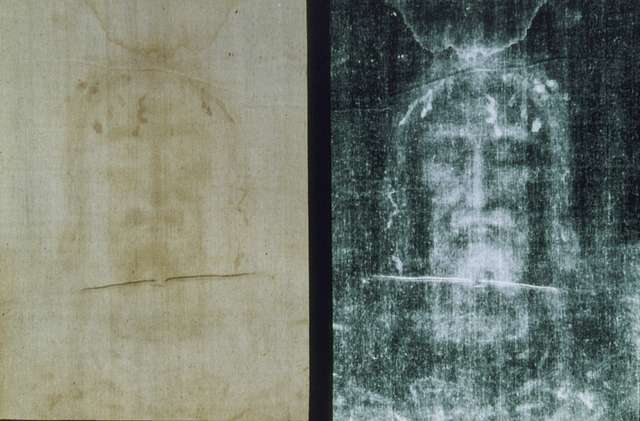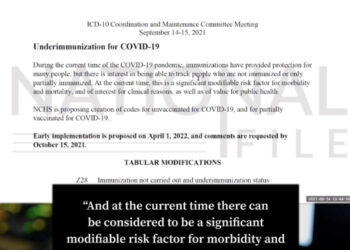Last Updated on August 22, 2024
Italian researchers utilized X-ray analysis to date Jesus Christ’s burial cloth — the Shroud of Turin — to be over 2,000 years old.
The findings published in the open-access journal Heritage seemingly now show that the 14-foot linen cloth is the definitive burial shroud of Christ.
The experimental results are compatible with the hypothesis that the TS is a 2000-year-old relic, as supposed by Christian tradition, under the condition that it was kept at suitable levels of average secular temperature—20.0–22.5C—and correlated relative humidity—75–55%—for 13 centuries of unknown history, in addition to the seven centuries of known history in Europe.
The Gospels first discuss the shroud provided to Jesus after the Crucifixion by Joseph of Arimathea — the man who owned the tomb where Christ was buried.
And Joseph bought a linen shroud, and taking him down, wrapped him in the linen shroud and laid him in a tomb that had been cut out of the rock. And he rolled a stone against the entrance of the tomb.
Mark 15:46
Records indicate that in 1354, the knight Geoffrey de Charny was the first documented owner of the shroud. Since then, the cloth has been subject to scrutiny as to whether it is truly Christ’s burial shroud.
In 1389, Bishop Pierre d’Arcis of Troyes denounced it as a forgery in a memorandum. Nearly 200 years later, in 1578, the cloth was placed in the Cathedral of San Giovanni Battista in Turin, Italy, where it has been ever since.

In 1988, a group of scientists dated the shroud carbon for the first time. It was then believed to be a medieval forgery dated between 1260 and 1390 AD, close to when de Charny discovered the cloth.
Still, there is much mystery behind the Shroud of Turin. It is unknown how the image was imprinted on the cloth since no dye or pigment was used. Some believe the fibers discolored to create the almost a 3D image. That, in itself, appears to be beyond a medieval hoax. The cloth, too, shows the physical accuracy of wounds through crucifixion.
Then there are all the physical accuracies.
The wounds are consistent with Roman crucifixion and the specifics of the Bible account: marks from the crown of thorns, stab wound in the side, lacerations on the back and bruises on the shoulders. pic.twitter.com/L3r2QvS5V1
— Culture Critic (@Culture_Crit) August 21, 2024
The chemistry even aligns with the story as both creatinine and ferritin were also found on the cloth. Both chemicals are typical in those who have suffered extreme trauma.
The latest X-ray examination of the Shroud of Turin pointed towards a breakdown of the flax cellulose comparable to that of something dating back 2,000 years, going against the findings of the 1988 study.
The degree of natural aging of the cellulose that constitutes the linen of the investigated sample, obtained by X-ray analysis, showed that the TS fabric is much older than the seven centuries proposed by the 1988 radiocarbon dating.
RELATED: Gallup: Belief in Creationism Sinks to Historic Low
The group of scientists caution that more samples from the shroud’s fabric may be needed for X-ray analysis before making any conclusions. However, an AI-generated image created by The Daily Express put the shroud to the test, showing what many have assumed to be the appearance of Jesus Christ.
A.I. Says He’s Legit pic.twitter.com/sBLH97lSeq
— National File (@NationalFile) August 22, 2024
It is fair to say that this all comes as a victory for Christians globally, who now may remain more firm in their convictions.





















